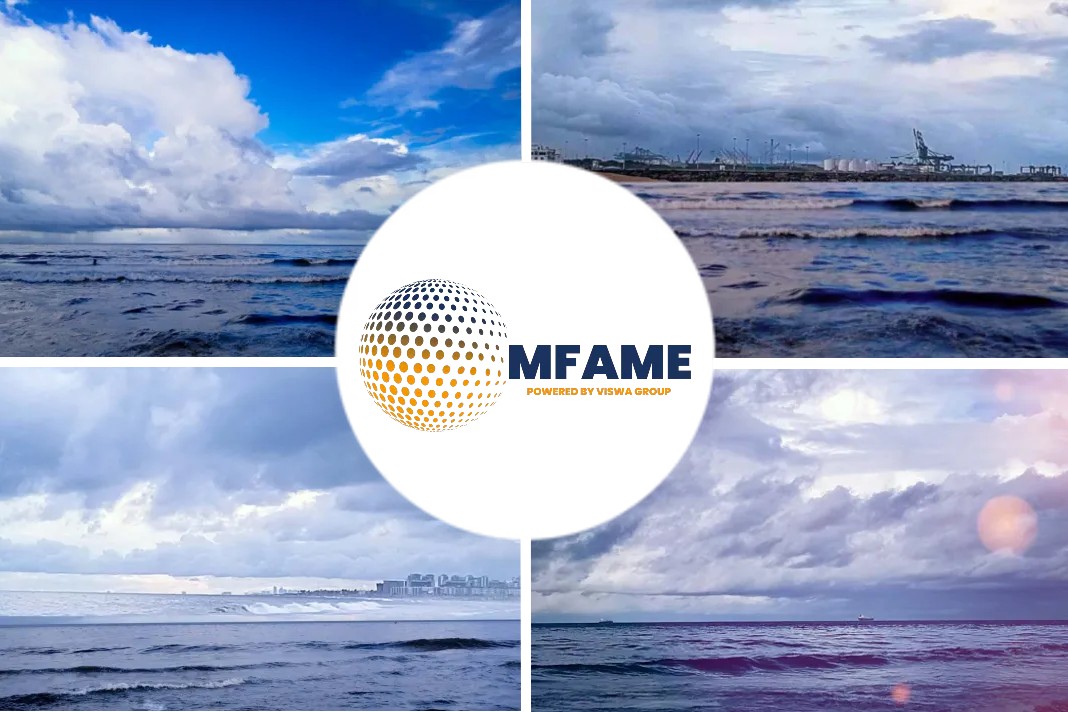- DNV GL, in collaboration with TechnipFMC, has published the oil and gas industry’s first recommended practice (RP) on how to build and quality-assure digital twins.
- This sets a benchmark for the sector’s varying approaches to building and operating the technology.
- RP provides guidance for digital twin developers and acts as a framework for verification and validation of the technology.
DNV GL joined forces with TechnipFMC, publishing the oil and gas industry’s first recommended practice (RP) on how to build and quality-assure digital twins, setting a milestone for the sector’s varying approaches to building and operating the technology, reads the company website.
What is a digital twin?
Digital twins provide a virtual model of a physical ship, producing valuable insights from data. A digital twin is a digital replica of a living or non-living physical entity.
By combining the physical and the virtual world, data is provided enabling the virtual entity to exist at the same time with the physical entity.
Guidance for digital twin developers
Specifically, the newly DNVGL-RP-A204 provides valuable guidance for digital twin developers, introduces a contractual reference between suppliers and users, and acts as a framework for verification and validation of the technology.
It builds upon the principles of DNV GL’s Recommended Practices for the qualification of novel hardware technology and assurance of data and data-driven models.
This RP guides industry professionals through:
- assessing whether a digital twin will deliver to stakeholders’ expectations from the inception of a project
- establishing confidence in the data and computational models that a digital twin runs on
- evaluating an organization’s readiness to work with and evolve alongside a digital twin.
Liv A. Hovem, CEO, DNV GL – Oil & Gas commented, “Physical oil and gas assets are built to perform to the highest standards and undergo rigorous assurance processes throughout their life. However, there has been no requirement for their digital counterparts to go through the same procedures.”
A clear framework
Also, the framework provides clarity on the definition of a digital twin; required data quality and algorithm performance; and requirements on the interaction between the digital twin and the operating system.
It addresses three distinct parts: the physical asset, the virtual representation, and the connection between the two.
This connection amounts to the data streams that flow between the physical asset to the digital twin and information that is available from the digital twin to the asset and the operator for decision making.
Did you subscribe to our daily newsletter?
It’s Free! Click here to Subscribe!
Source: DNV GL



























